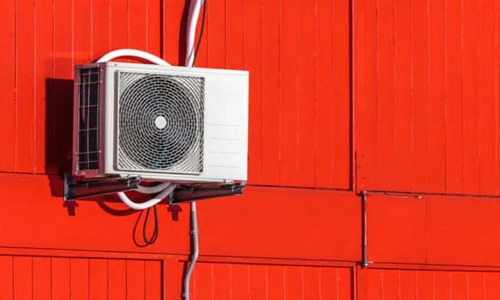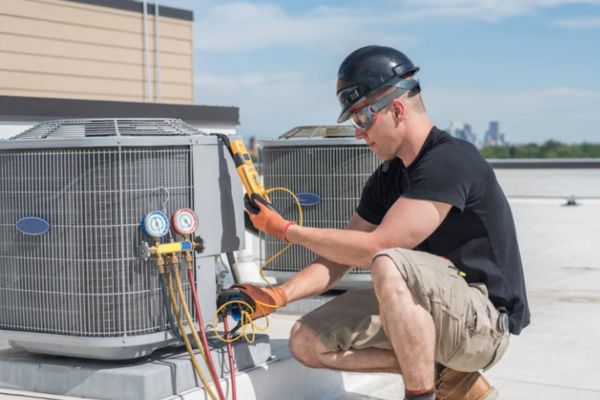While quick fixes are beneficial, bigger savings often come from long-term investments. These improvements may require more upfront costs, but they pay off by reducing energy usage and extending the life of your HVAC system.
Consider upgrading to energy-efficient HVAC units. Modern systems are designed to consume less energy, providing substantial savings over time. Adding extra insulation to your home or installing smart thermostats are also excellent ways to optimize energy use. Some homeowners may even explore renewable energy options like solar-powered HVAC systems, which can further reduce long-term costs and environmental impact.

Balancing Costs and Benefits
Deciding when to invest in a new HVAC system or upgrade can be tricky for many homeowners. It’s essential to weigh the initial cost of improvements against potential savings in the future.
Upgrading to a high-efficiency HVAC system may come with a steep upfront price, but the energy savings over the system’s lifespan often justify the expense. For example, replacing an outdated unit with an Energy Star-rated model could cut heating and cooling costs by up to 30%.
These long-term savings make the initial investment worthwhile, especially with available rebates or incentives for energy-efficient upgrades. Maintaining a balance between short-term fixes and long-term investments is vital to maximizing HVAC savings. Simple maintenance tasks can immediately relieve energy bills, while more extensive upgrades offer ongoing financial and environmental benefits.
Conclusion
By adopting a comprehensive approach to HVAC maintenance and energy efficiency, homeowners can enjoy year-round comfort while minimizing their carbon footprint and utility costs. Consider starting with small steps and building toward more significant investments that provide lasting value.


